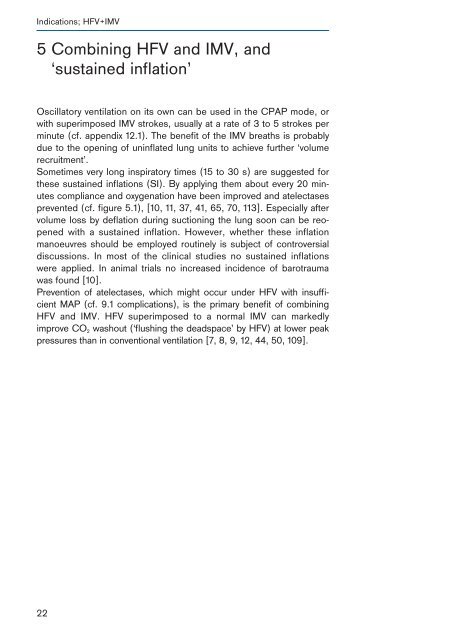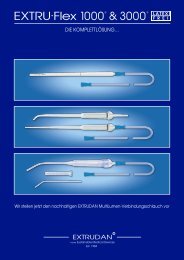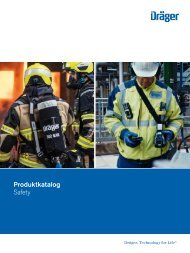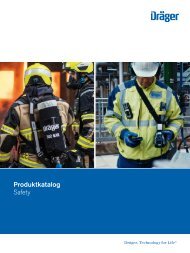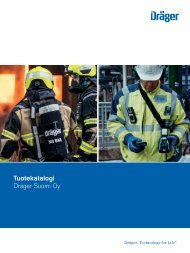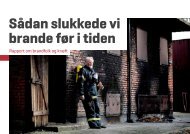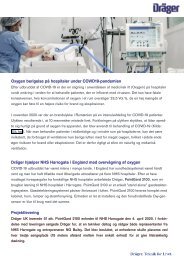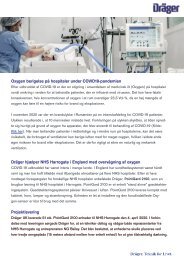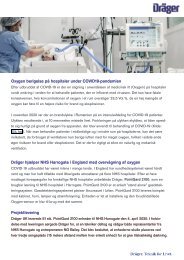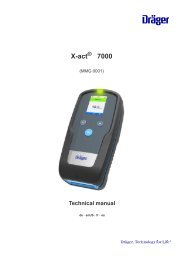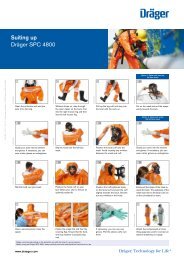High-Frequency Ventilation- Basics and Practical Applications
Create successful ePaper yourself
Turn your PDF publications into a flip-book with our unique Google optimized e-Paper software.
Indications; HFV+IMV<br />
5 Combining HFV <strong>and</strong> IMV, <strong>and</strong><br />
‘sustained inflation’<br />
Oscillatory ventilation on its own can be used in the CPAP mode, or<br />
with superimposed IMV strokes, usually at a rate of 3 to 5 strokes per<br />
minute (cf. appendix 12.1). The benefit of the IMV breaths is probably<br />
due to the opening of uninflated lung units to achieve further ‘volume<br />
recruitment’.<br />
Sometimes very long inspiratory times (15 to 30 s) are suggested for<br />
these sustained inflations (SI). By applying them about every 20 minutes<br />
compliance <strong>and</strong> oxygenation have been improved <strong>and</strong> atelectases<br />
prevented (cf. figure 5.1), [10, 11, 37, 41, 65, 70, 113]. Especially after<br />
volume loss by deflation during suctioning the lung soon can be reopened<br />
with a sustained inflation. How ever, whether these inflation<br />
manoeuvres should be employed routinely is subject of controversial<br />
discussions. In most of the clinical studies no sustained inflations<br />
were applied. In animal trials no increased incidence of barotrauma<br />
was found [10].<br />
Prevention of atelectases, which might occur under HFV with insufficient<br />
MAP (cf. 9.1 complications), is the primary benefit of combining<br />
HFV <strong>and</strong> IMV. HFV superimposed to a normal IMV can markedly<br />
improve CO 2 washout (‘flushing the deadspace’ by HFV) at lower peak<br />
pressures than in conventional ventilation [7, 8, 9, 12, 44, 50, 109].<br />
22


